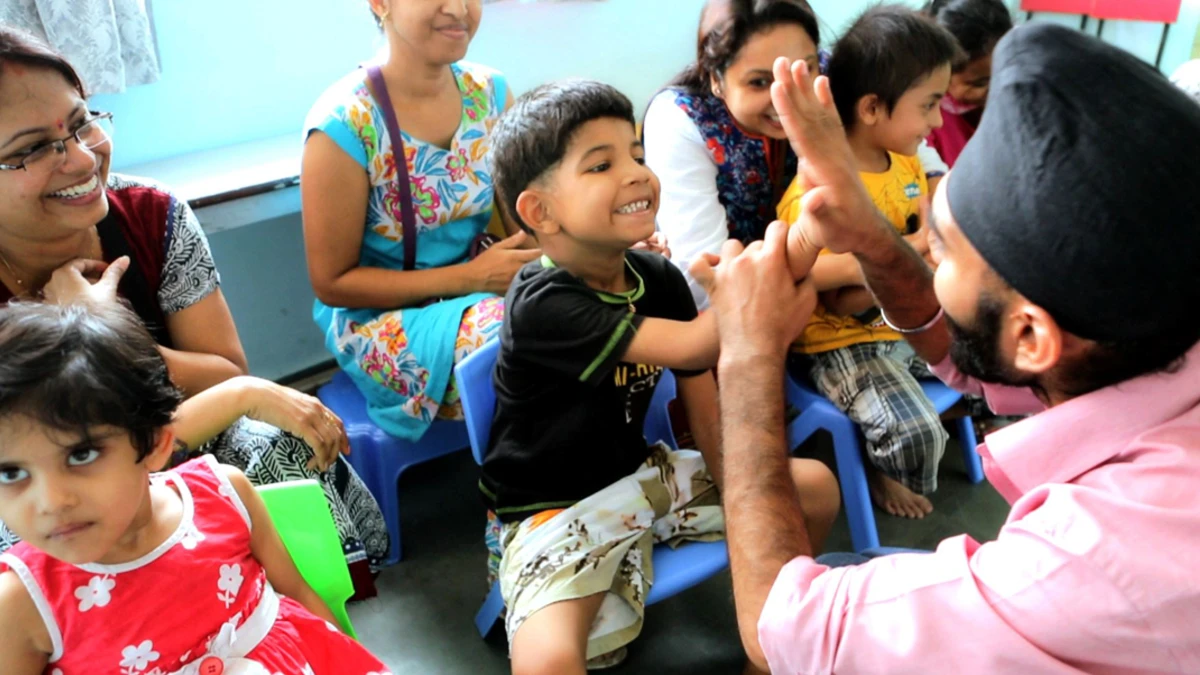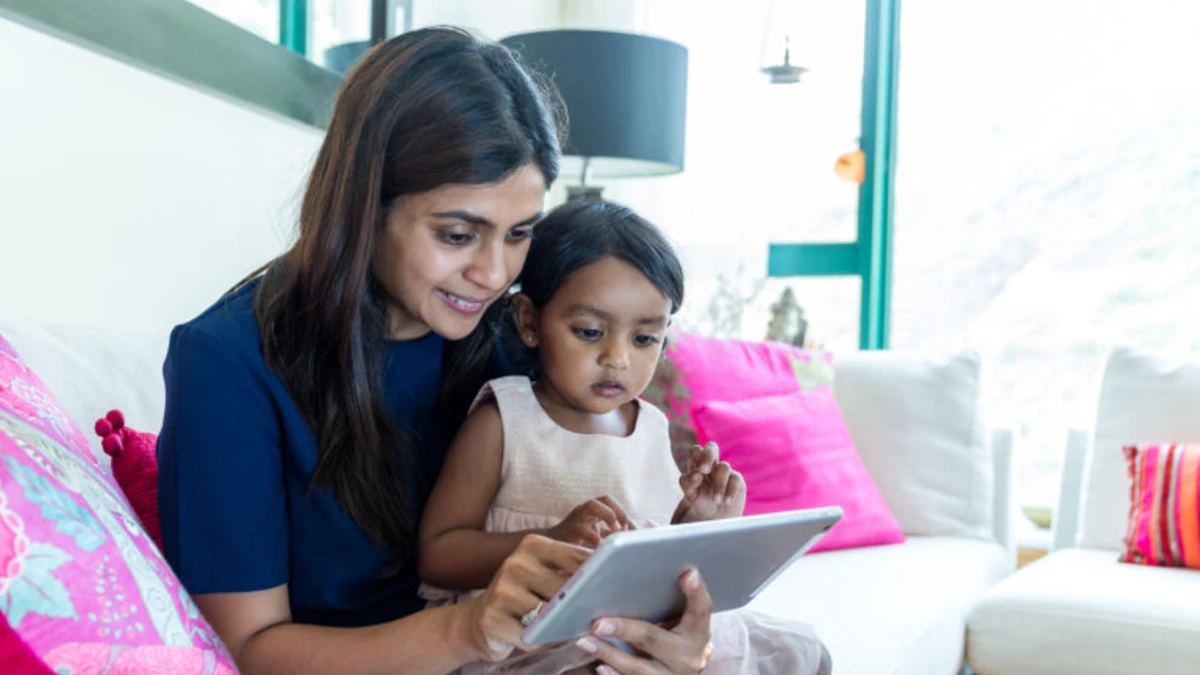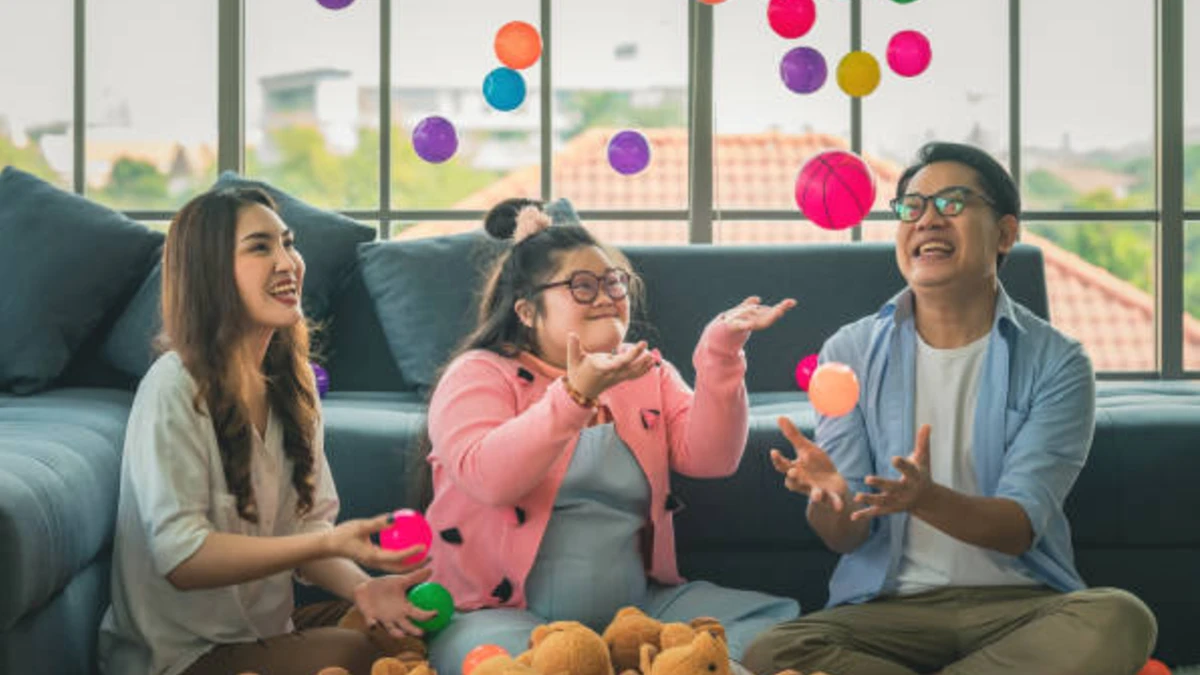Why Visuals Matter
Pictures are easier to process than text for many special needs children. That's why My Avaaz uses colourful image cards for every word.
Research in cognitive psychology shows that visual processing is often preserved in children with language difficulties. Dr. Sarah Ahmed, a neuropsychologist at Aga Khan University, explains: "The visual cortex remains highly functional even when language centers are compromised. This is why visual AAC tools are so effective—they bypass damaged language pathways and access intact visual processing systems."
My Avaaz employs carefully designed visual elements that go beyond simple pictures. Each card features high-contrast colors, clear outlines, and culturally relevant imagery. The design team worked with special education experts to ensure that every visual element serves a specific cognitive purpose.
The app uses a consistent visual language across all cards. For example, all food items feature a warm color palette with rounded edges, while action words use dynamic, angular designs that suggest movement. This visual consistency helps children build mental models and predict what they'll find in each category.

Sound Reinforces Meaning
When a child taps a card, they hear the word in Urdu. This multi-sensory feedback strengthens memory and understanding.
The audio component of My Avaaz is carefully crafted to maximize learning potential. Each word is recorded by native Urdu speakers with clear, slow pronunciation that children can easily follow. The audio quality is optimized for children with hearing sensitivities, using frequencies that are most comfortable for young ears.
Dr. Muhammad Hassan, an audiologist at the National Institute of Special Education, notes: "The combination of visual and auditory input creates multiple pathways for information processing. When a child sees 'پانی' (water) and hears it pronounced clearly, they're using both visual and auditory memory systems simultaneously."
My Avaaz includes different voice options to accommodate various preferences and needs. Some children respond better to male voices, others to female voices, and the app allows customization of speech rate and pitch. This personalization ensures that every child can find their optimal learning configuration.
The app also includes environmental sounds that reinforce meaning. When a child taps the "گاڑی" (car) card, they hear not just the word but also the sound of a car engine. This multi-sensory approach helps children make real-world connections between the app and their environment.

Personalised & Engaging
With fun categories like food, transport, and daily actions, My Avaaz keeps communication relatable and joyful.
The categorization system in My Avaaz is based on extensive research into how children with autism and special needs process information. Categories are organized by frequency of use, emotional significance, and developmental appropriateness. This ensures that children can quickly find the words they need most often.
Each category is designed with specific learning objectives in mind. The "احساسات" (emotions) category helps children identify and express their feelings, while the "کھانا" (food) category supports daily living skills and independence. The "کھیل" (play) category encourages social interaction and communication during recreational activities.
My Avaaz includes seasonal and contextual categories that adapt to the child's environment and needs. During school hours, educational categories become more prominent, while at home, family and personal care categories take priority. This contextual adaptation ensures that the app remains relevant and useful throughout the day.

Gamification and Motivation
Learning through play is fundamental to My Avaaz's approach. The app incorporates gentle gamification elements that motivate children without creating pressure or anxiety. Simple rewards like animated celebrations when a child uses a new word encourage continued engagement.
Progress tracking is designed to be positive and encouraging. Rather than highlighting mistakes or difficulties, the app celebrates achievements and milestones. Parents and therapists can see which words a child is using most frequently, helping them understand the child's communication patterns and preferences.
The app includes collaborative features that encourage family involvement. Parents can record their own voices for certain words, making the app feel more personal and familiar. This feature is particularly valuable for children who respond better to familiar voices.
Accessibility and Customization
My Avaaz is designed with accessibility at its core. The app includes multiple input methods, including touch, switch access, and eye-tracking compatibility. This ensures that children with various physical abilities can use the app effectively.
Visual customization options include high contrast modes, larger text sizes, and simplified layouts. Children with visual impairments can adjust the app to their specific needs, ensuring that the visual elements remain clear and accessible.
The app also includes cognitive accessibility features. Children with attention difficulties can use simplified interfaces with fewer options, while those ready for more complex communication can access advanced features and larger vocabulary sets.
Real-World Application
My Avaaz is designed to bridge the gap between digital communication and real-world interaction. The app includes features that help children practice communication in various settings, from home to school to community environments.
Scenario-based learning modules help children practice communication in specific situations. For example, a "school" scenario might include words for classroom activities, while a "shopping" scenario focuses on community interaction and independence skills.
The app's offline functionality ensures that children can communicate even when internet access is limited. This is particularly important in rural areas of Pakistan where connectivity may be unreliable, ensuring that communication support is always available.
Success Stories
Seven-year-old Zain from Lahore went from being completely non-verbal to using My Avaaz to express his needs and wants. His mother, Mrs. Ayesha, shares: "The first time Zain tapped 'بھوک' (hungry) and we understood him, we all cried with joy. It was like he had been waiting for this moment his whole life."
In a special needs school in Karachi, teachers report that children using My Avaaz show increased confidence and social interaction. "The visual and audio combination makes communication feel natural and fun," says Ms. Fatima, a special education teacher. "Children who were previously withdrawn are now actively participating in classroom activities."
